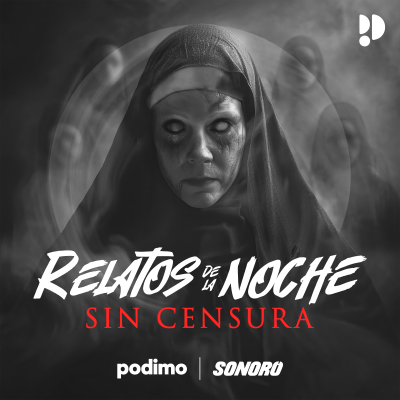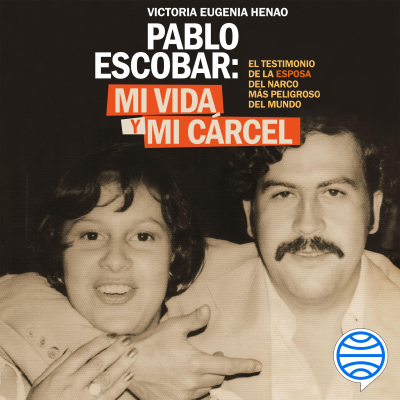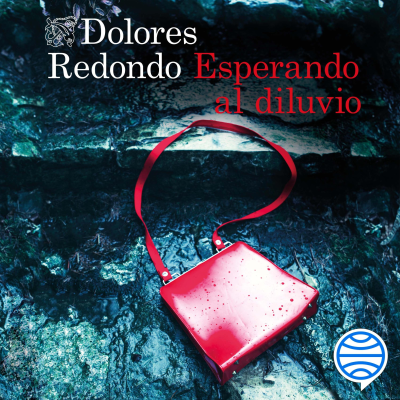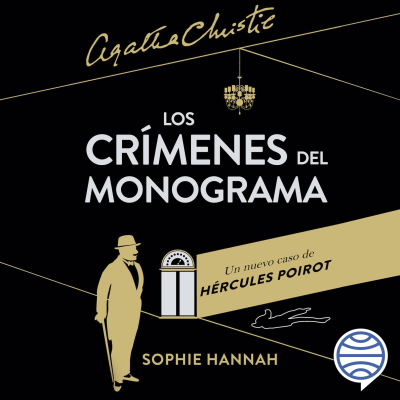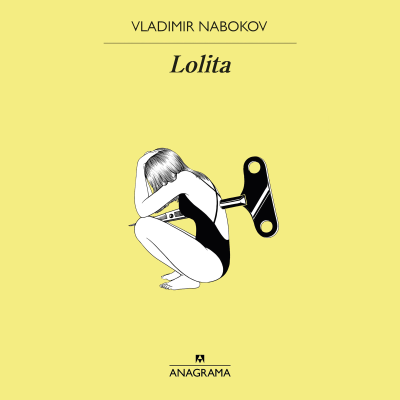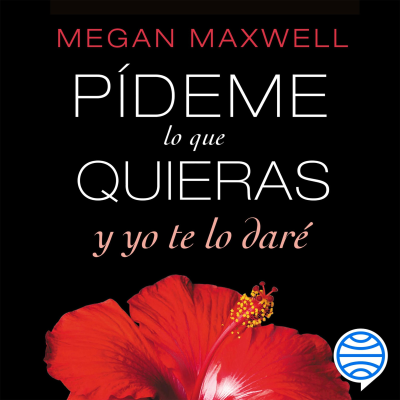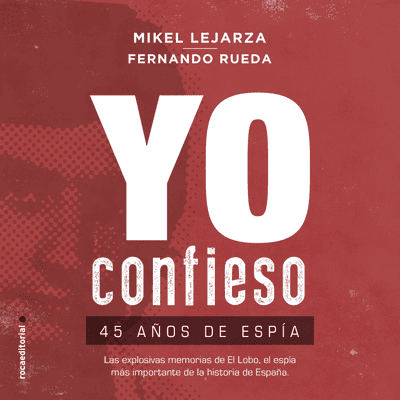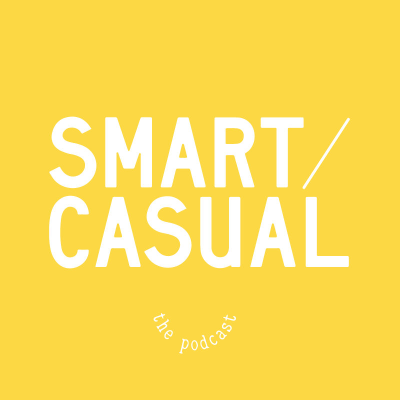
Smart Casual Podcast
inglés
Tecnología y ciencia
Empieza 7 días de prueba
$99 / mes después de la prueba.Cancela cuando quieras.
- 20 horas de audiolibros al mes
- Podcasts solo en Podimo
- Podcast gratuitos
Acerca de Smart Casual Podcast
A fashion podcast by two women who have a lot of feelings about clothes. Hosted on Acast. See acast.com/privacy for more information.
Todos los episodios
9 episodiosOfficially missing you (fashion's 'missing middle', Melbourne indie designers of the late 2000s, Vancouver street style)
We're back (for now)! This is an episode about missing: yearning for Melbourne's indie designers of the late 2000s, fashion's 'missing middle' problem (aka why is clothing either $50 or $500?), and maybe most of all, missing each other. Amy now lives in Vancouver, Canada, so we recorded this episode by sending each other voice notes. Topics of discussion: * Melbourne's changing independent fashion scene * modern modes of dressing: Bratz doll or troll * fashion's 'missing middle' price bracket * Australia's broader fashion identity * cost-cutting production methods * Vancouver street style Articles mentioned: Why Does A Simple Summer Dress Cost So Much Now? [https://www.thecut.com/article/expensive-dresses-cost-of-a-dress.html] – The Cut ASICS Sportstyle netball campaign [https://www.instagram.com/p/C9C_ZkjNBrh/?hl=en] ---------------------------------------- Hosted on Acast. See acast.com/privacy [https://acast.com/privacy] for more information.
8. #trending
New year, new episode (finally!). If you've ever wondered how clothing stores end up with a similar set of items each season, this episode is for you. We interview Tully Walter, Sportsgirl's in-house trend forecaster, to find out how fashion trends are birthed and what they say about the social and political mood of the moment. (There's a reason why tie dye is taking off right now and it involves more than Justin Bieber.) Amie then spills the beans on what it's like for her to design clothing under the pressures of our turbo-speed trend cycle. Spoiler: it involves a lot of Zara. Follow us at instagram.com/smartcasualpodcast ---------------------------------------- Hosted on Acast. See acast.com/privacy [https://acast.com/privacy] for more information.
7. Fashion fast five
Long time no see! We're back in the studio to talk about Instagram scams, drop shipping geniuses and Alexa Chung. Elsewhere in the episode, we round up the most enduring 2010 trends and make our predictions for 2020 and beyond (yeehaw!). Plus, what Amie learned from a spreadsheet of her fashion purchases. Instagram: @smartcasualpodcast Facebook: Smart Casual Podcast ---------------------------------------- Hosted on Acast. See acast.com/privacy [https://acast.com/privacy] for more information.
6. Made in China
What does Made in China mean today? For some shoppers, the phrase throws up images of sweatshops and shoddy quality. Yet, luxury fashion houses like Balenciaga, Prada and Burberry all produce parts of their line in 'the world's factory'. So, are our perceptions of Chinese-made fashion accurate? Rong Jake Chen – co-creative director for AMXANDER and business director for Jonathan Liang – tells us about why he's proud to make high-end, contemporary clothing in China, and how the manufacturing industry is evolving in surprising ways. Print designer Imogen* gives us the fast fashion account – sharing her insights on the day-to-day experience of working with Chinese factories for an Australian high street brand. *Name has been changed.Further reading (you can find the same links on our Facebook page for ease of reading):- "Made in China Doesn't Really Mean What It Used to"https://qz.com/417052/made-in-china-really-doesnt-mean-what-it-used-to/- "How China Turned Itself From World's Sweatshop to Global Innovator in Just One Decadehttps://www.scmp.com/magazines/post-magazine/long-reads/article/2124317/made-china-created-china-how-nation-turned-itself- "China Moves Factories Back To The Countryside"https://www.ft.com/content/fe86f76c-1215-11e8-8cb6-b9ccc4c4dbbb- "China Is Turning Ethiopia Into A Giant Fast Fashion Factory"https://bloomberg.com/news/features/2018-03-02/china-is-turning-ethiopia-into-a-giant-fast-fashion-factoryInstagram: @smartcasualpodcast Facebook: Smart Casual Podcast ---------------------------------------- Hosted on Acast. See acast.com/privacy [https://acast.com/privacy] for more information.
5. Secondhand and resale is taking on fast fashion
No longer just for students and bargain hunters, the secondhand fashion market could very well outpace fast fashion in the next decade according to ThredUp's 2018 report. Brands are catching on, reissuing sought after archive designs in a bid to get a piece of the pie (looking at you, Tommy Hilfiger and FILA).So what does this all mean for our shopping habits? Slow fashion stylist Jenna Flood joins us to talk about the changing nature of secondhand shopping in Australia, the pitfalls of seemingly 'guilt-free' thrifting, and about the helpful role clothing libraries can play in our future retail landscape.Also in this episode: a chat with Liv and Mon of Recycle Boutique Australia on how the consignment store can be an inclusive shopping experience for all, plus a 101 on selling 2000s era 'trash' with Depop-er Tatyana Rutherston. Links:Thread Up report: https://www.thredup.com/resaleJoin the Tumnus Clothing Library: http://www.tumnusproject.com/Jenna Flood, The Ironic Minimalist: www.instagram.com/ironicminimalist ---------------------------------------- Hosted on Acast. See acast.com/privacy [https://acast.com/privacy] for more information.
Elige tu suscripción
Premium
20 horas de audiolibros
Podcasts solo en Podimo
Podcast gratuitos
Cancela cuando quieras
Empieza 7 días de prueba
Después $99 / month
Empieza 7 días de prueba. $99 / mes después de la prueba. Cancela cuando quieras.




